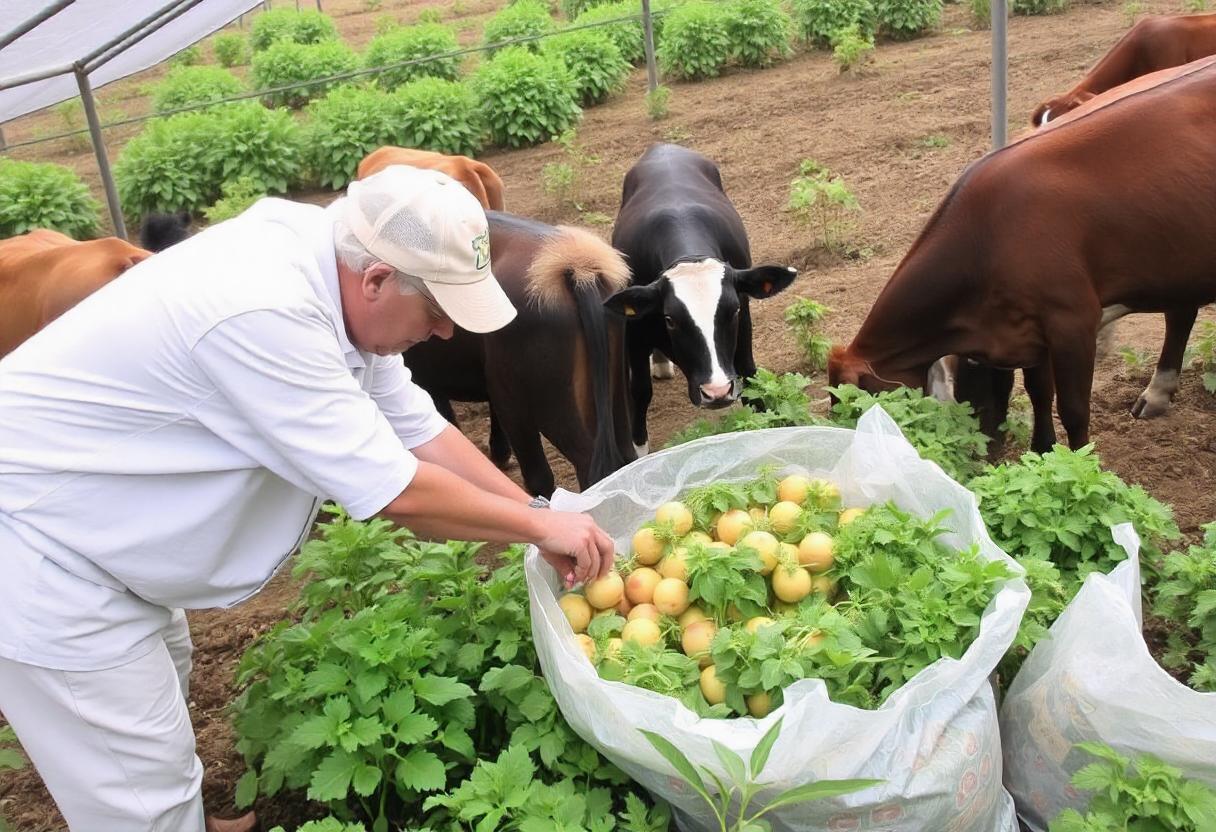
Biosecurity in agriculture refers to the practices and measures taken to protect crops and livestock from pests, diseases, and other biological threats. It involves a comprehensive approach to prevent the introduction, establishment, and spread of harmful organisms that could damage agricultural productivity and the environment. This is crucial in maintaining the health of ecosystems, ensuring food security, and protecting economic stability in the agricultural sector.
Key Components of Agricultural Biosecurity
Biosecurity measures in agriculture encompass several key components aimed at safeguarding crops and livestock from various threats. These components include:
- Prevention: The first line of defense is preventing the entry of diseases and pests into a farming environment. This involves strict import controls, quarantine measures, and border inspections to monitor the movement of plants, animals, and agricultural products.
- Detection and Surveillance: Early detection of potential threats is essential for effective biosecurity. Surveillance systems are implemented to monitor for the presence of pests and diseases, enabling rapid response to contain outbreaks before they become widespread.
- Response and Containment: In the event of a biosecurity breach, rapid response measures must be taken to contain the threat. This may involve quarantine zones, culling infected livestock, or destroying affected crops to prevent the spread of harmful organisms.
- Eradication: Where possible, efforts are made to completely eradicate the threat, ensuring that it does not re-emerge. This requires a coordinated effort from farmers, local authorities, and biosecurity specialists.
The Role of Farmers in Biosecurity
Farmers play a vital role in maintaining biosecurity on their farms. By adhering to best practices, they help minimize the risk of disease and pest outbreaks. Key actions farmers can take include:
- Farm Hygiene: Regular cleaning and disinfecting of equipment, vehicles, and farm structures help prevent the spread of pathogens. Ensuring that visitors and farm workers follow strict hygiene protocols is also essential.
- Animal Health Management: Monitoring livestock for signs of disease and implementing vaccination programs can significantly reduce the risk of animal diseases spreading.
- Pest and Weed Control: Farmers should actively manage pests and weeds by using integrated pest management (IPM) strategies, which include crop rotation, the use of resistant crop varieties, and biological control methods.
Government Policies and Regulations
Governments play a critical role in ensuring agricultural biosecurity through the development and enforcement of policies and regulations. These policies often include:
- Import and Export Controls: Governments regulate the import and export of agricultural products to prevent the introduction of foreign pests and diseases. This involves inspecting and certifying shipments to ensure they comply with biosecurity standards.
- Quarantine Protocols: Quarantine measures are implemented to isolate infected or potentially infected areas, preventing the spread of pests and diseases to other regions.
- Research and Development: Governments invest in research to develop new technologies, such as disease-resistant crop varieties and more effective pest control methods, to strengthen biosecurity in agriculture.
Biosecurity in Livestock Management
Livestock biosecurity is essential for preventing the spread of diseases that can devastate animal populations and harm human health. Measures include:
- Isolation of New Animals: Farmers should isolate new livestock for a period before introducing them to the existing herd to ensure they are disease-free.
- Monitoring for Diseases: Regular health checks and monitoring for signs of illness are critical in early detection and containment of diseases in livestock.
- Proper Disposal of Dead Animals: Dead animals must be disposed of properly to prevent the spread of pathogens. This may involve incineration or burial in designated biosecure areas.
Biosecurity in Crop Protection
Biosecurity measures are equally important in crop production, where pests and diseases can significantly reduce yields. Some critical strategies include:
- Seed Quality Control: Using certified disease-free seeds minimizes the risk of introducing pests or pathogens to crops.
- Crop Rotation: Rotating crops helps break the life cycles of pests and diseases, reducing their prevalence in the soil.
- Chemical and Biological Controls: The use of pesticides and biological control agents can be effective in managing pests and diseases, but must be carefully monitored to prevent resistance and environmental harm.
Economic Impacts of Biosecurity Breaches
Biosecurity breaches can have severe economic consequences for farmers, the agricultural industry, and the broader economy. Major impacts include:
- Loss of Productivity: Outbreaks of diseases or pests can decimate crops and livestock, leading to a significant loss in agricultural productivity.
- Trade Restrictions: Countries with biosecurity breaches may face trade restrictions, limiting their ability to export agricultural products.
- Increased Costs: Farmers may incur increased costs for pest and disease control measures, such as vaccinations, pesticides, and quarantine facilities. These expenses can place a financial burden on the agricultural sector.
Global Cooperation in Agricultural Biosecurity
Agricultural biosecurity is a global issue that requires cooperation between countries to prevent the spread of pests and diseases across borders. International organizations such as the World Organisation for Animal Health (OIE) and the Food and Agriculture Organization (FAO) play key roles in:
- Standardization of Biosecurity Practices: Developing and promoting global standards for biosecurity to ensure consistency across countries.
- Information Sharing: Facilitating the exchange of information on emerging threats, best practices, and research findings related to biosecurity.
- Coordinated Response to Outbreaks: In the event of a global biosecurity threat, international cooperation is essential for coordinating efforts to contain and eradicate the issue.